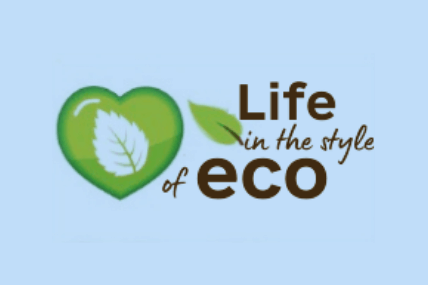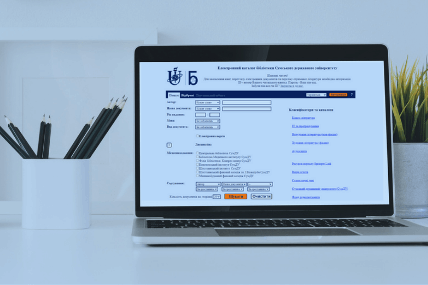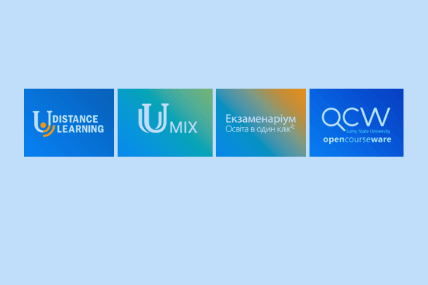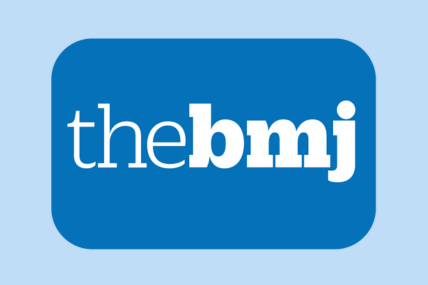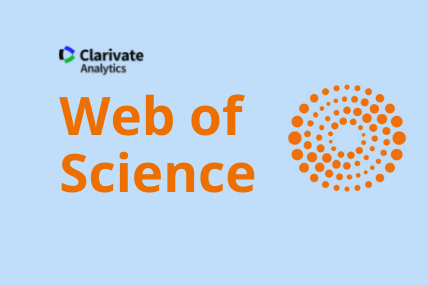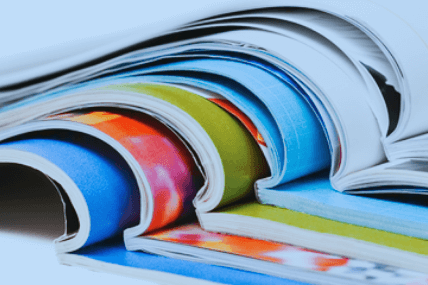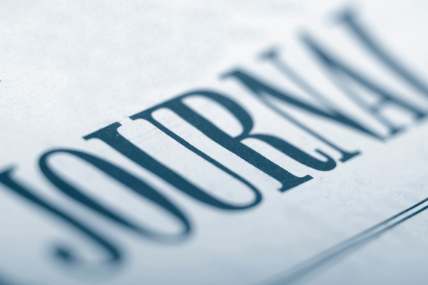
_______________
In order to make academic texts easy to read and their contents easy to find, they usually follow a predetermined structure. The structure’s role in this is to be the very framework that holds all the different parts together.
The text should be clearly structured, peredilyatysya into sections and paragraphs. We must strive to ensure that each section was independent research on a specific part of the problem that each component was described in the text, and the text was holistic and not fragmented.
The structure of the scientific text consists of introduction, body and conclusion and IMRaD (methods, results, discussion).
Structural elements of the scientific text:
- Title page is information to the reader regarding the title, author and type of work, study program and the higher education institution.
- An abstract summarizes the main contents of your thesis and should give the reader a well-defined idea of what the thesis is about. Readers often use the abstract to determine whether the text is relevant for them to read.
- Summary provides a brief account of the main content of an academic paper. The purpose of the summary is partly to generate interest, and partly to present the main issue and key results.
- Table of contents – provides information on the main sections, sections of work, including introduction, conclusions to sections, list of used literature, attachments and page numbering.
Introduction reveals the state of the problem under study, defines the purpose and tasks, substantiates the relevance of the chosen topic, indicates the object, subject and methods of research.
The introduction leads the reader from a general subject area to a particular topic of inquiry. It establishes the scope, context, and significance of the research being conducted by summarizing current understanding and background information about the topic, stating the purpose of the work in the form of the research problem supported by a hypothesis or a set of questions, explaining briefly the methodological approach used to examine the research problem, highlighting the potential outcomes your study can reveal, and outlining the remaining structure and organization of the paper.
You may write the introduction at the beginning or at the end of the writing process. If you write it early in the process it can serve as a guide to your own writing, but be aware that you most likely will have to go back to it and edit it as the writing progresses.
- Purpose and tasks purpose of the work and the tasks that need to be solved to achieve it.
- Actuality substantiates the relevance and feasibility of the development of the area of science.
- The object and subject of the study problem situation study.
- The methods of research describe actions to be taken to investigate a research problem and the rationale for the application of specific procedures or techniques used to identify select, process, and analyze information applied to understanding the problem, thereby, allowing the reader to critically evaluate a study’s overall validity and reliability. The methodology section of a research paper answers two main questions: How was the data collected or generated? And, how was it analyzed? The writing should be direct and precise and always written in the past tense.
Body is the main section of your text and it should also be the longest. Depending on the length of the text, the body may be divided into subsections. If your text is divided into subsections, remember to briefly introduce each section. For longer works, you may also need to conclude sections. The body of the text is where you as a writer and researcher are the most active. It is the most substantial part of the text; this is where the research or findings are presented, discussed and analyzed. This is also where you present your arguments that support your thesis or answer your question. The structure and contents of this main part may differ depending on your discipline.
- Research results are where you report the findings of your study based upon the information gathered as a result of the methodology you applied. The results section should simply state the findings, without bias or interpretation, and arranged in a logical sequence.
- The scientific novelty of the results describes the degree of novelty of scientific provisions, the difference between the results obtained from the known earlier.
- The practical significance of the results obtained information on the scientific use of research results and recommendations for their practical application are provided.
- Approval of the results of the work indicated published research results.
- A literature review is a scholarly paper, which includes the current knowledge including substantive findings, as well as theoretical and methodological contributions to a particular topic. Literature reviews are secondary sources, and do not report new or original experimental work.
Conclusion is intended to help the reader understand why your research should matter to them after they have finished reading the paper. A conclusion is not merely a summary of the main topics covered or a re-statement of your research problem, but a synthesis of key points and, if applicable, where you recommend new areas for future research. A well-written conclusion provides you with important opportunities to demonstrate to the reader your understanding of the research problem.
- List of used sources used during the preparation of scientific work. The list of sources is placed in the list according to the order of the references in the text, either in the alphabet of authors' names or in chronological order. In the text of the work, the reference should be placed in brackets, indicating the number from the list. When composing the list of used literature, it is necessary to take into account restrictions on its volume – not less than 30 names, but not more than 35.
- An appendix contains supplementary material that is not an essential part of the text itself but which may be helpful in providing a more comprehensive understanding of the research problem or it is information that is too cumbersome to be included in the body of the paper. A separate appendix should be used for each distinct topic or set of data and always have a title descriptive of its contents.
The author independently chooses the structural elements of the scientific text, which can be included in the scientific work depending on the type of scientific text.


 укр
укр  eng
eng 












